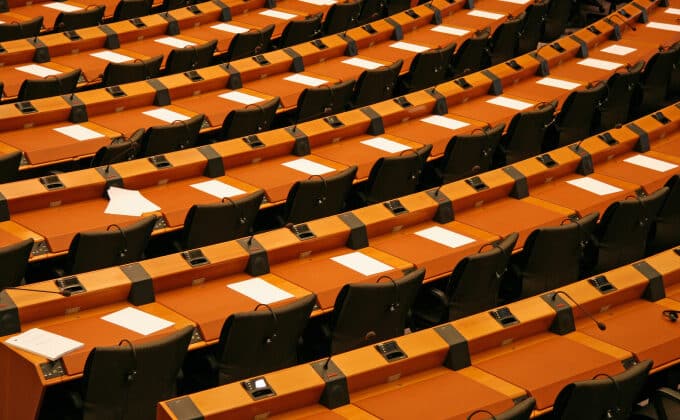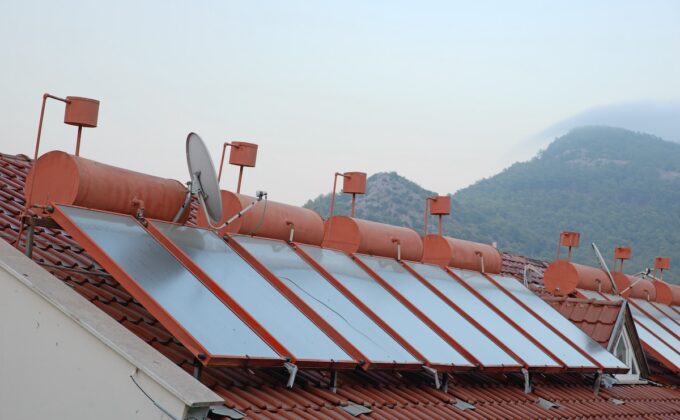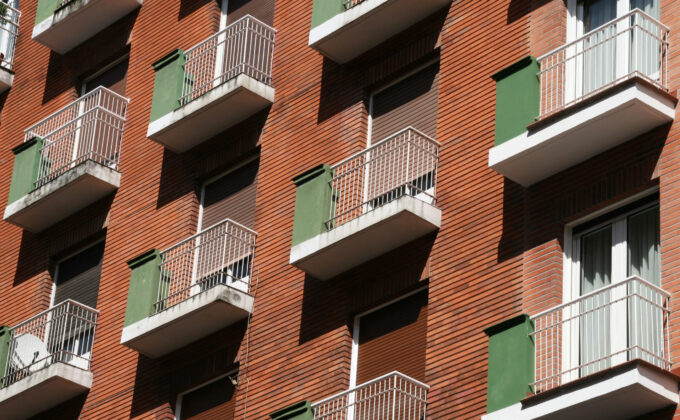
Knowledge Center
We believe that sharing our expertise and collaborations in clean energy policy is how real, effective change happens.
From reports and policy briefs, to webinars and podcasts—RAP advisors have built an extensive collection of resources providing in-depth analysis and practical solutions to today’s energy challenges.
Filter >>
Content Filter:
在中国“十四五”严格控制煤电增长和“十五五”之后逐步退煤的大背景下,如何更好地利用包括清洁能源、需求侧管理和储能资源提升电力供应保障能力,以及通过增强省间余缺调剂能力,实现大范围资源优化配置,是中央政府密切关注的话题。解决这些问题的一个重要前提是建立更科学、透明和理性的流程来定期考查资源充足性,并以透明的方式使得区域和省级电力行业决策者和相关方对资源充足性规划要求达成一致,从而指导投资决策和促进电力市场资源竞争。… View Summary +
近来,国家发改委发布的《关于进一步完善分时电价机制的通知》,旨在改善目前已有的分时电价机制并将其作用范围扩展到几乎所有用户。这是中国在“碳达峰、碳中和”背景下为促进能源低碳发展,向以新能源为主的新型电力系统转变迈出的重要一步。… View Summary +
The first ten months of 2021 have seen dramatic increases in energy prices in Europe and elsewhere. Experts now agree that the surging international demand for liquified natural gas and the rise in gas prices are driving electricity prices to… View Summary +

In a presentation for the U.S. Climate Alliance, Mark LeBel explored the promise of performance-based regulation as an alternative to traditional cost-of-service regulation for utilities. View Summary +
Net metering with monthly netting — a simple billing mechanism for distributed energy resources (DERs), often primarily solar PV — has existed since the early 1980s. In recent years, there has been a wide-ranging national debate about the best methods… View Summary +
Traditionally in planning power sector investments, utilities have been focused on two metrics for success: reliability and affordability. These metrics remain important, but they do not effectively account for the climate, environmental, and human impacts of fossil fuels, which disproportionately… View Summary +

In a second-round submission of comments to the Public Utility Commission of Texas’s proceeding on market design, RAP offered recommendations for reforms to the Electricity Reliability Council of Texas (ERCOT) energy market, focusing on resource adequacy, demand response and ancillary… View Summary +
Energy planners and regulators have traditionally valued the health benefits of energy efficiency and renewable energy at zero — because these benefits do not flow to energy users in proportion to usage and because decision-makers had no simple and feasible… View Summary +
In an interactive webinar presentation, panelists discussed a “next-generation” approach to utility procurement and evolving best practices, based in part on recent work done by RAP and RMI. The webinar offered recommendations on how to design clear rules… View Summary +
Mit fortschreitender Energiewende werden fluktuierende Erneuerbare Energien immer zentraler bei der Energieversorgung. Für ein kosteneffizientes Energiesystem müssen die bestehenden industriellen und größeren kommerziellen Verbraucher sowie deren anstehende Elektrifizierung der Wärme- und Produktionsprozesse (Sektorenkopplung) darauf reagieren. Strompreise signalisieren dabei die Knappheiten… View Summary +
Turkey’s energy system has vast potential for integrating renewable energy and for smart technology innovation. Both of these advancements are crucial to decarbonise the power sector, improve grid efficiency and ensure resilience. Policy makers can play a pivotal role in… View Summary +

In response to questions posed by the Public Utility Commission of Texas in its review of wholesale market design, RAP offered comments considering the range of power grid issues posed by the February 2021 outages that hit the state,… View Summary +
在清洁转型和气候变化的大形势下,保证电力系统安全稳定至关重要。这需要合理预测负荷、准确衡量各个资源的贡献,更好地利用区域市场优势来维持高可靠性,达到鼓励竞争、降低成本、减少排放的目的。… View Summary +
Only 0.2% of Spanish buildings are renovated each year, which is far below the rate proposed by the European Commission. According to analysis by the Commission and by think tanks like the Buildings Performance Institute Europe, a rate… View Summary +

El ratio de regeneración urbana y de rehabilitación edificatoria en Europa en general y en España en particular está muy por debajo del que sería necesario para alcanzar los objetivos de eficiencia energética y descarbonización marcados para 2030… View Summary +


